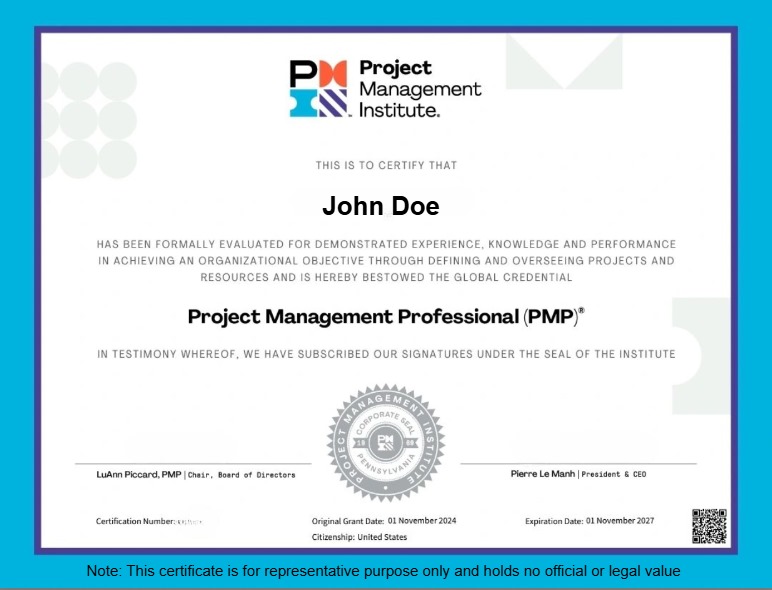Your Shopping Cart

The Teradata Certification Training course provides comprehensive knowledge and hands-on experience in working with Teradata, a leading data warehouse solution for large-scale analytics. This course is designed for database developers, data analysts, BI professionals, and data warehousing experts looking to master Teradata's architecture, utilities, and SQL operations. Gain the skills needed to manage enterprise-level data efficiently and become a certified Teradata professional.
Master Enterprise Data Warehousing: Learn how to design, implement, and manage Teradata environments for massive data workloads.
High Demand Skills: Teradata expertise is highly valued across industries such as finance, healthcare, and retail.
Hands-On Projects: Practice real-world scenarios involving data loading, performance tuning, and complex SQL operations.
Career Enhancement: Open up new roles in data engineering, BI development, and analytics.
Certification Focused: Prepare for official Teradata certification exams with in-depth curriculum and mock tests.
This training helps learners gain proficiency in Teradata database design, SQL operations, utilities like FastLoad and MultiLoad, and system architecture.
1. Database Developers and Administrators ETL and BI Professionals 2. Data Analysts and Warehousing Experts 3. IT Professionals seeking advanced data platform skills
1. Prepares you for Teradata SQL and Architecture certifications 2. Enhances your ability to manage data warehouse applications at scale 3. Provides practical knowledge to tackle real-time business data challenges
Basic Relational Concepts, What is Teradata, Competitive advantages over other RDBMS, Teradata Architecture, Teradata Components, How components Interact with each other, How Data is stored and Retrieved, Connectivity with Mainframe and Network Applications, Tools & Utilities, Teradata Unified Data Architecture.
Difference between Primary Key and Primary Index, Primary Index and types, How primary index is used in data distribution and retrieval, Secondary index and its types, Data retrieval using secondary Index, Partition primary index and its types, Advantage of PPI , Join strategies, How data is redistributed for Join processing.
Data types, DDL Statements (CREATE, ALTER, DROP) , DML Statements (Insert, Delete, Update), DCL Statements (Grant, Revoke), Order by, Group by, Distinct, SET Operators, Logical & Conditional Operators, String functions, Cast & Format functions, HELP and Show Functions, Date Functions, Built-In Functions, Aggregation, Joins (INNER and OUTER).
Transaction locks, Fallback tables, Clusters, Permanent Journal, Down AMP Recovery Journal, Transient Journal, Cliques, Hot Standby nodes, RAID 1 & RAID 5, Data Dictionary.
Sub queries, Upsert, Case, Coalesce, Nullif, OLAP Functions, Rank & Row Number, Transaction Modes, Temporary Tables (Derived, Volatile and Global Temporary), Explain, Collect Statistics.
Views, Macros, Stored Procedure, Join Index, Performance Tuning tips
What is FastLoad, How FastLoad loads data, How to restart failed FastLoad jobs, What is MultiLoad and how MultiLoad works, Using MultiLoad to insert/update/delete data from Teradata tables , Using BTEQ to import/export data.
FastExport Exporting data from Teradata , TPT overview, TPT Export, TPT SQL Selector, TPT Load, TPT Update Comparison of Load/Unload Utilities.
we are happy to help you 24*7
